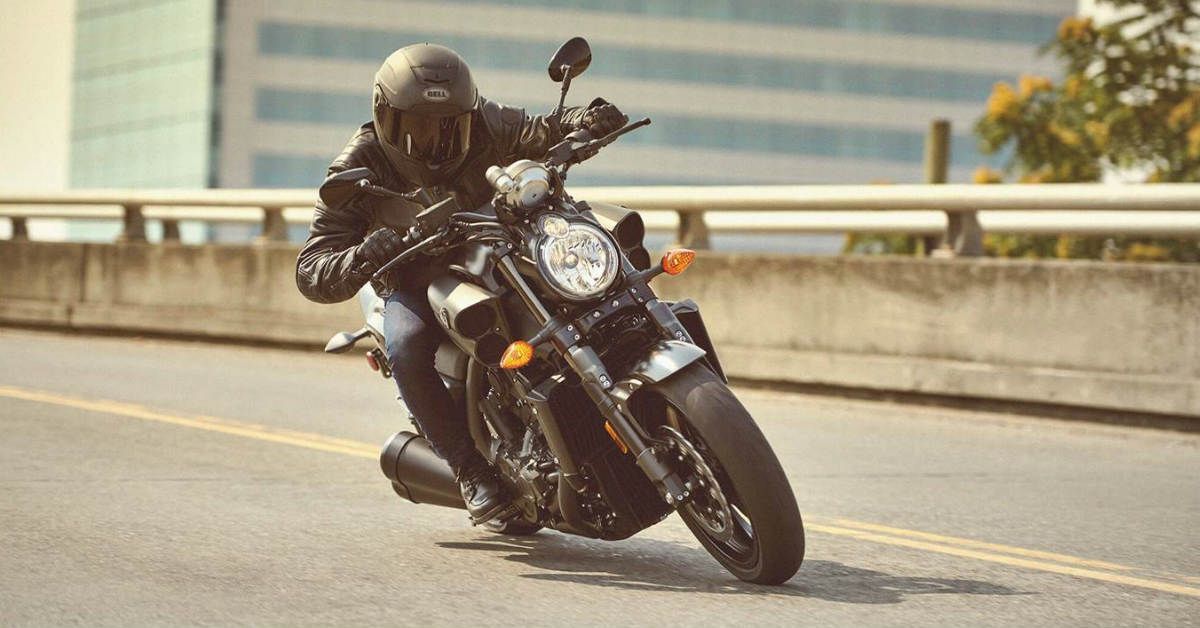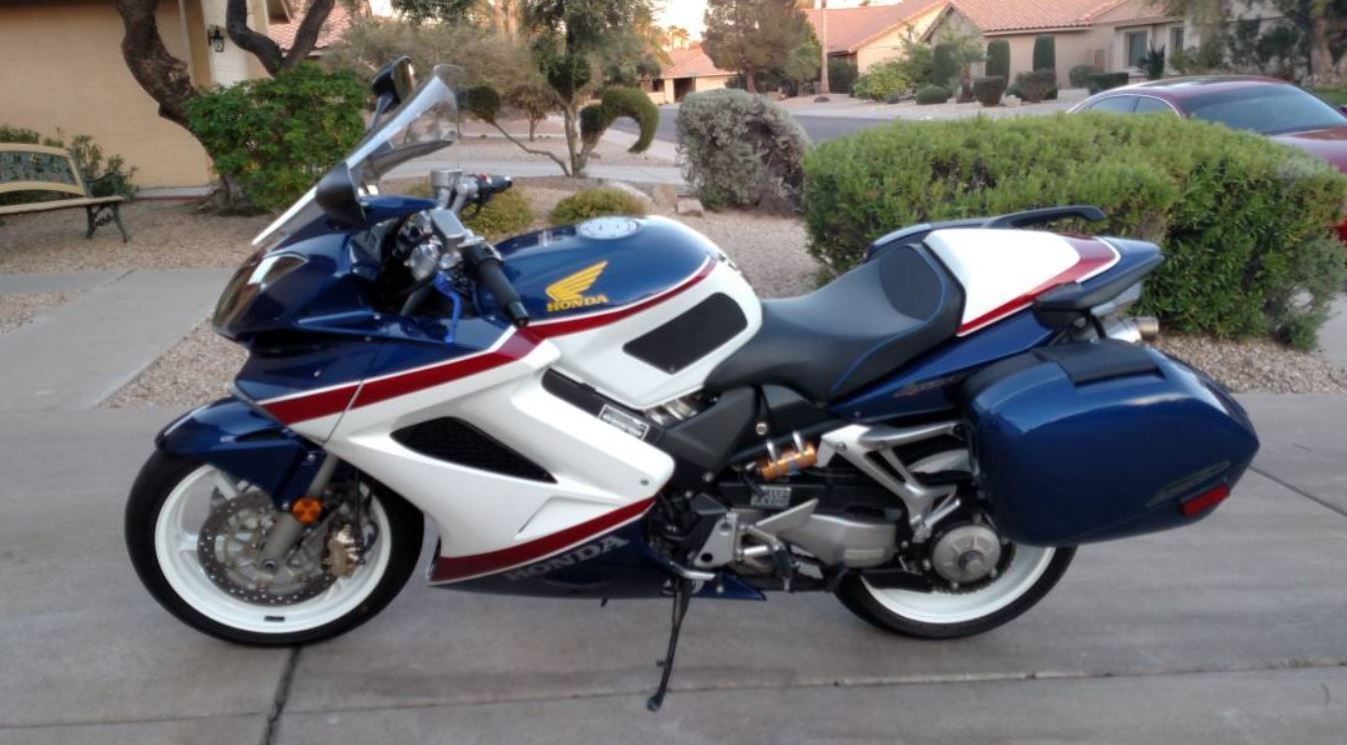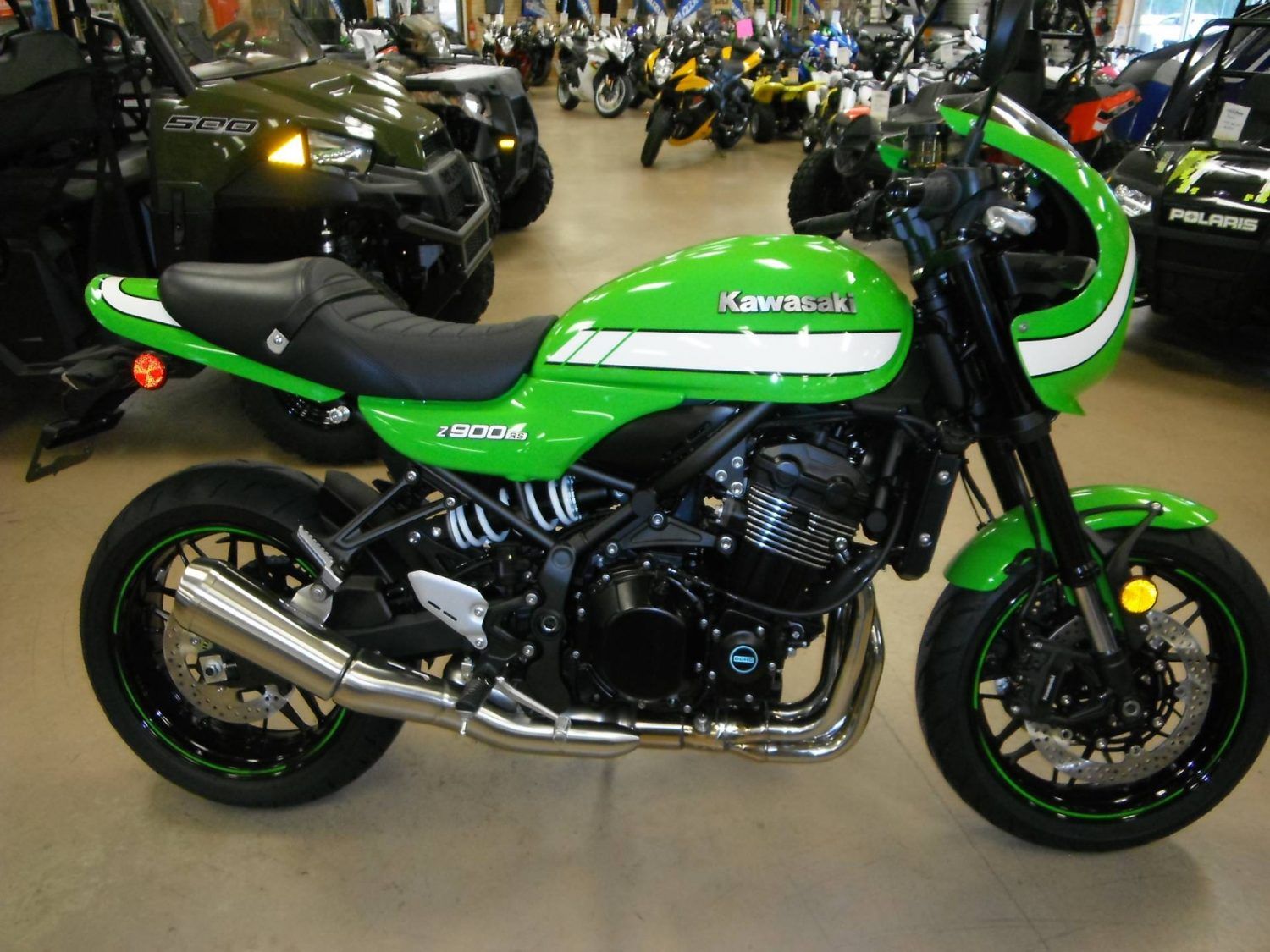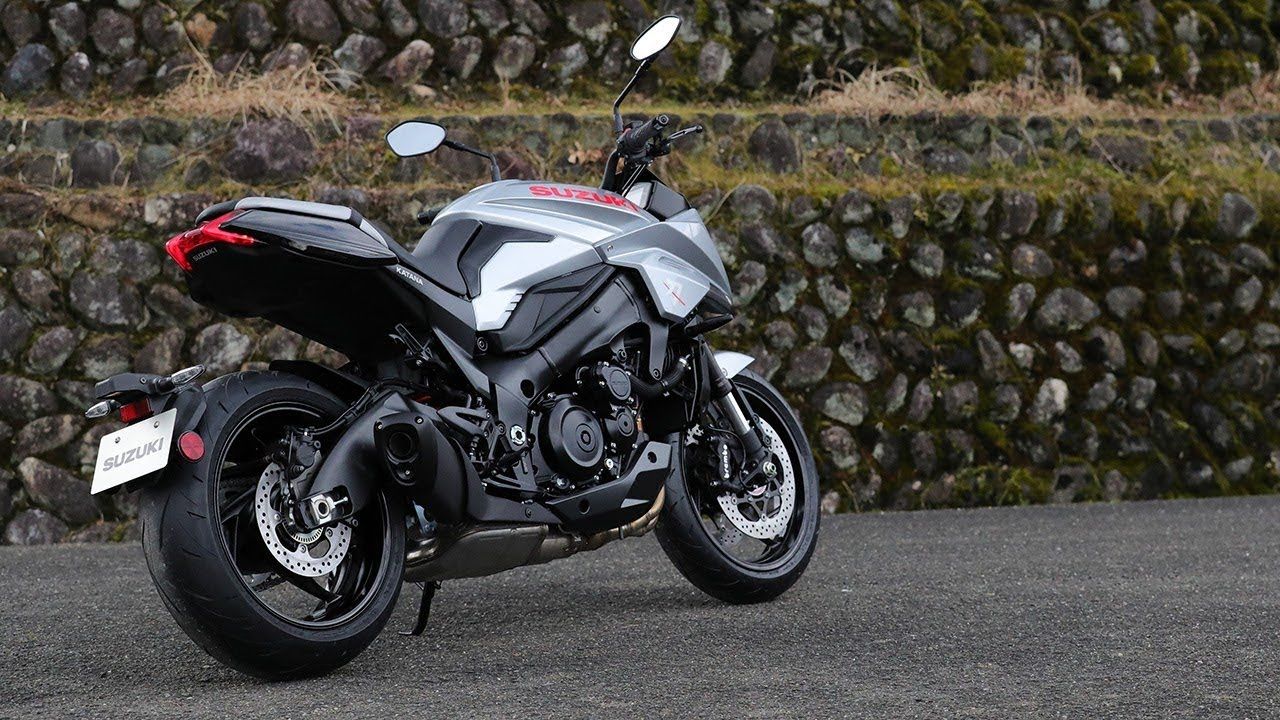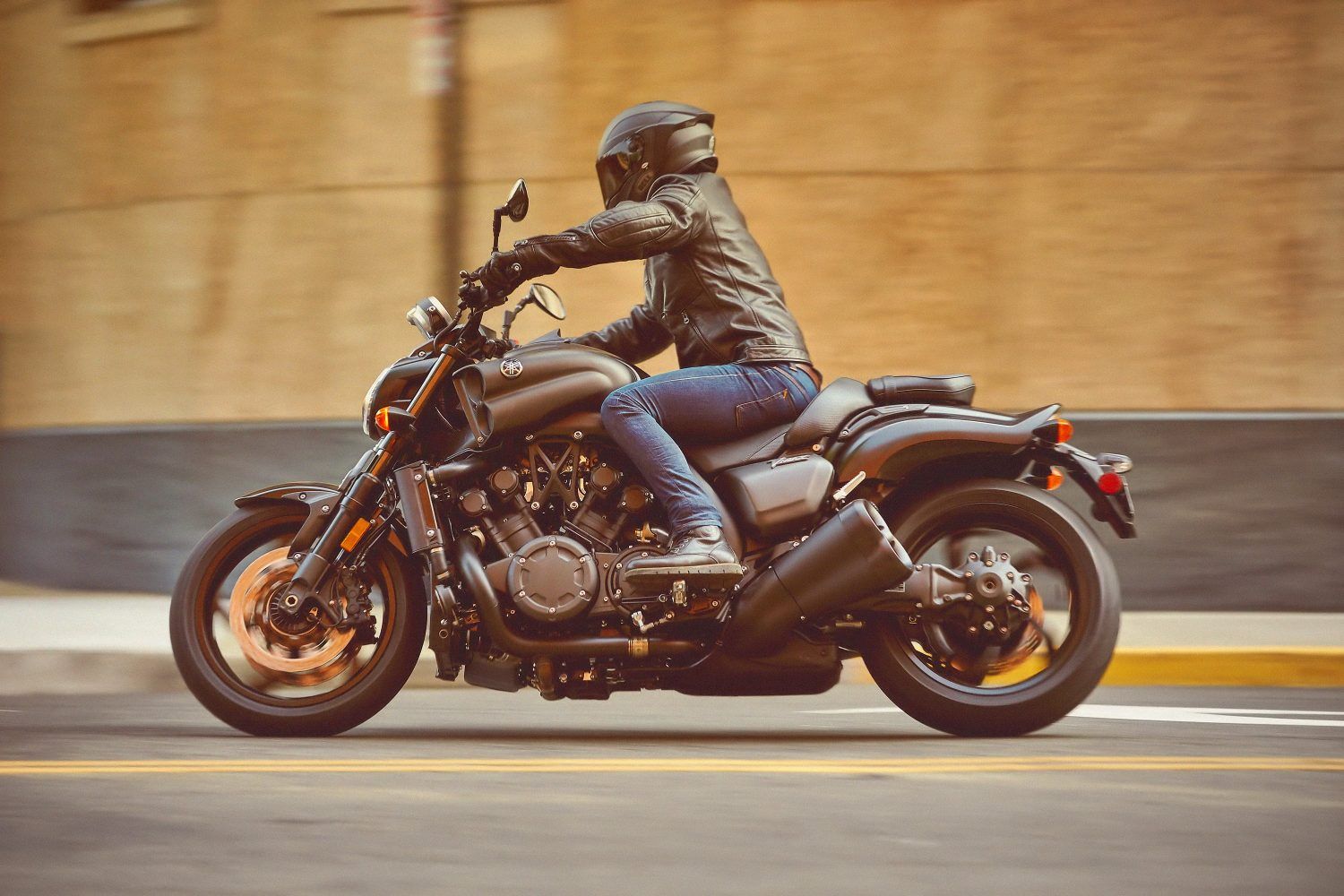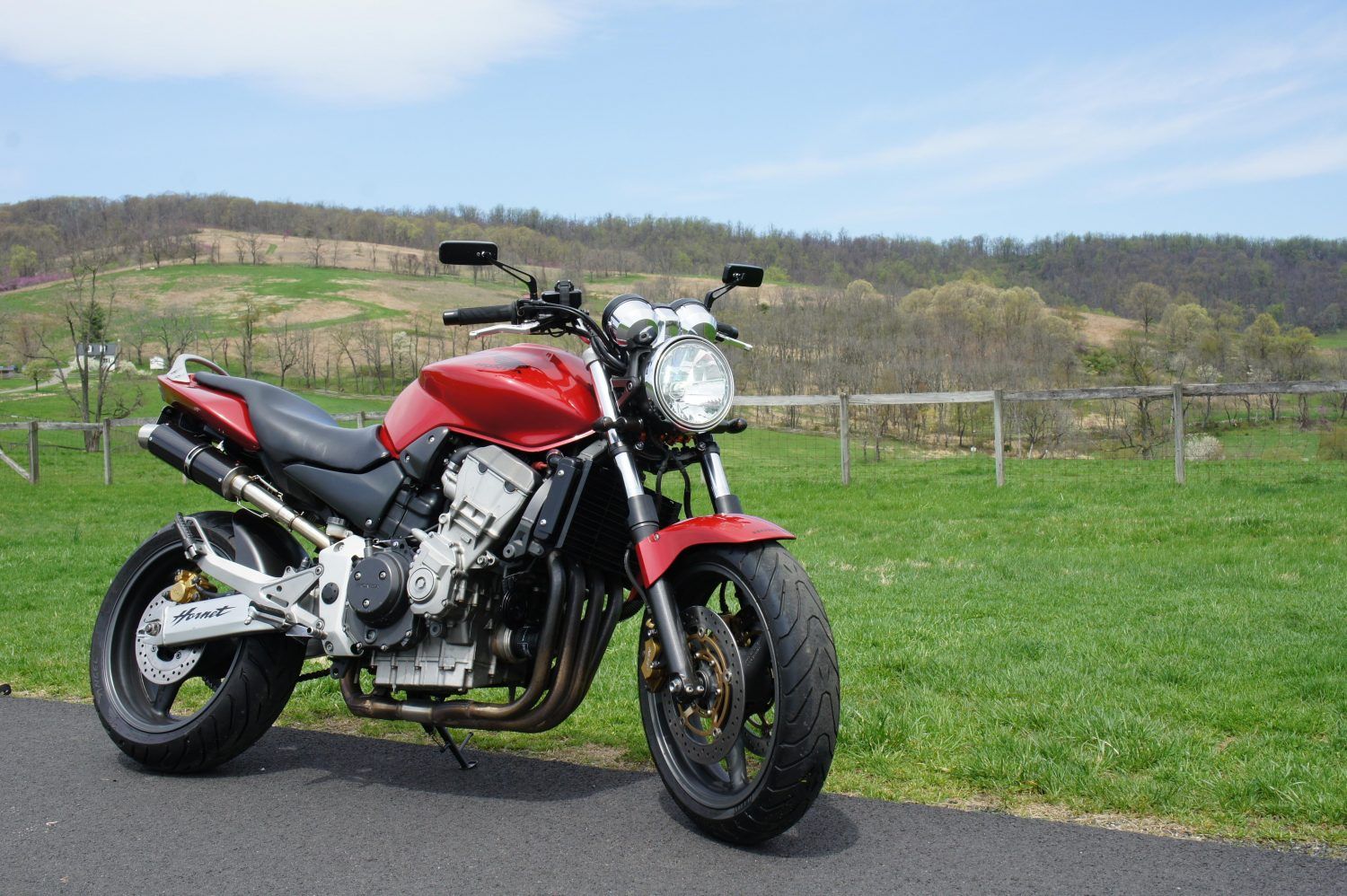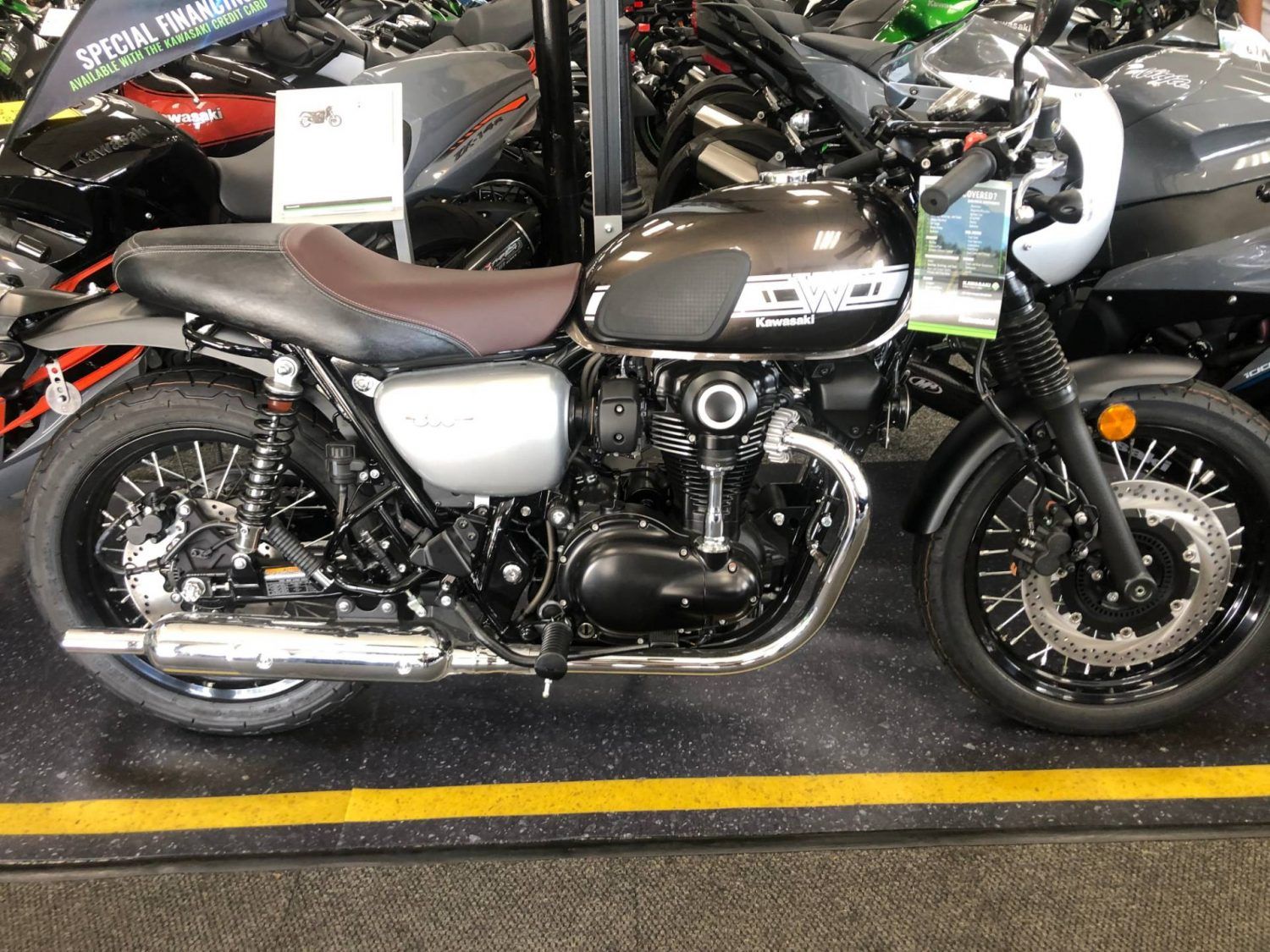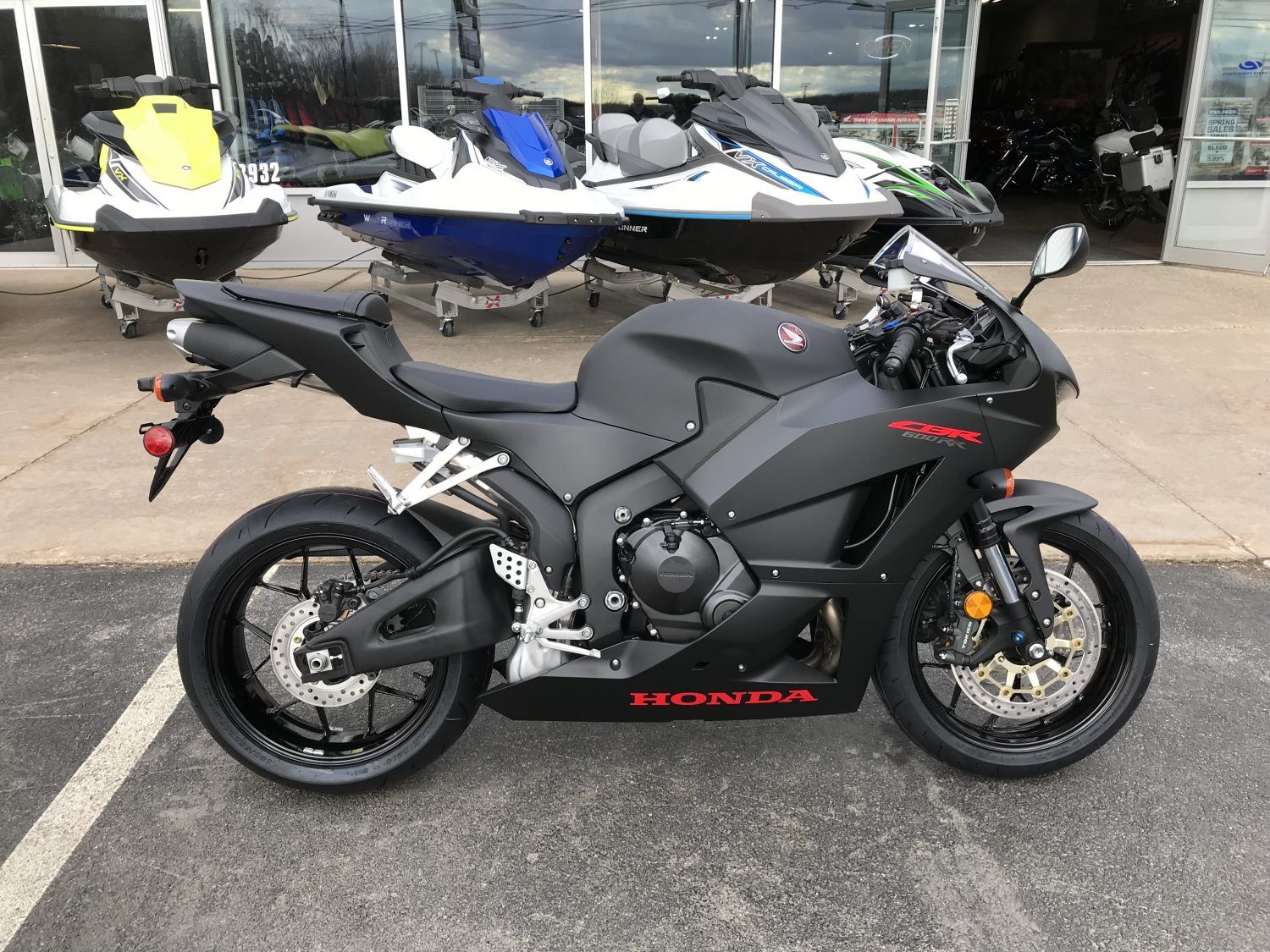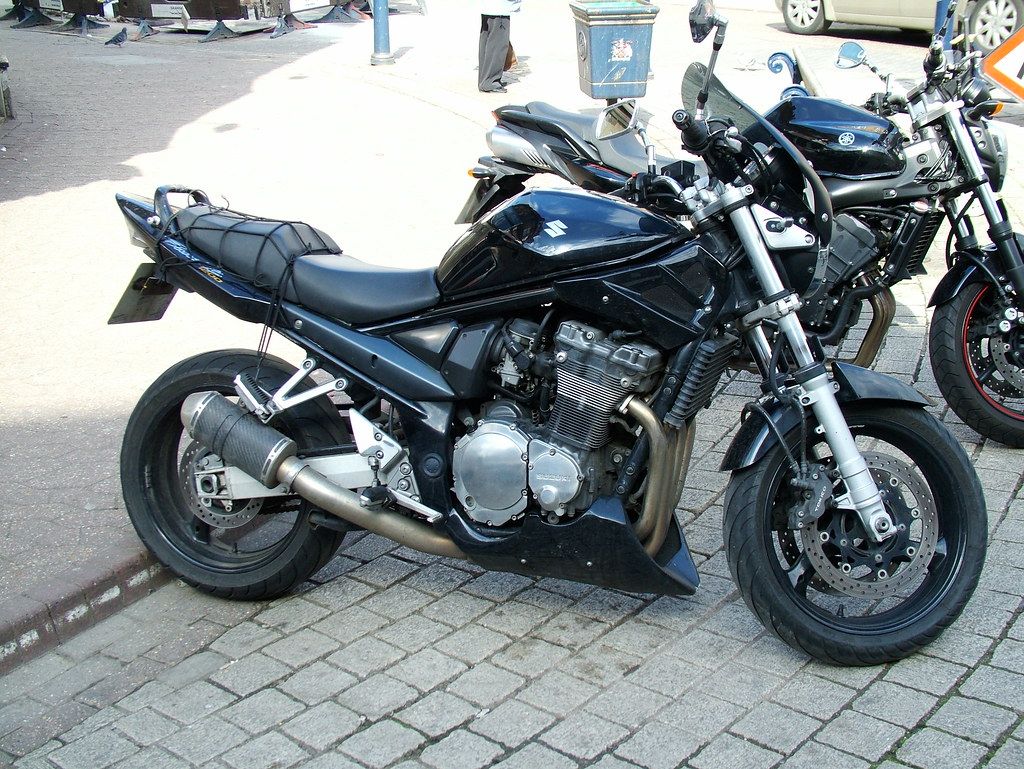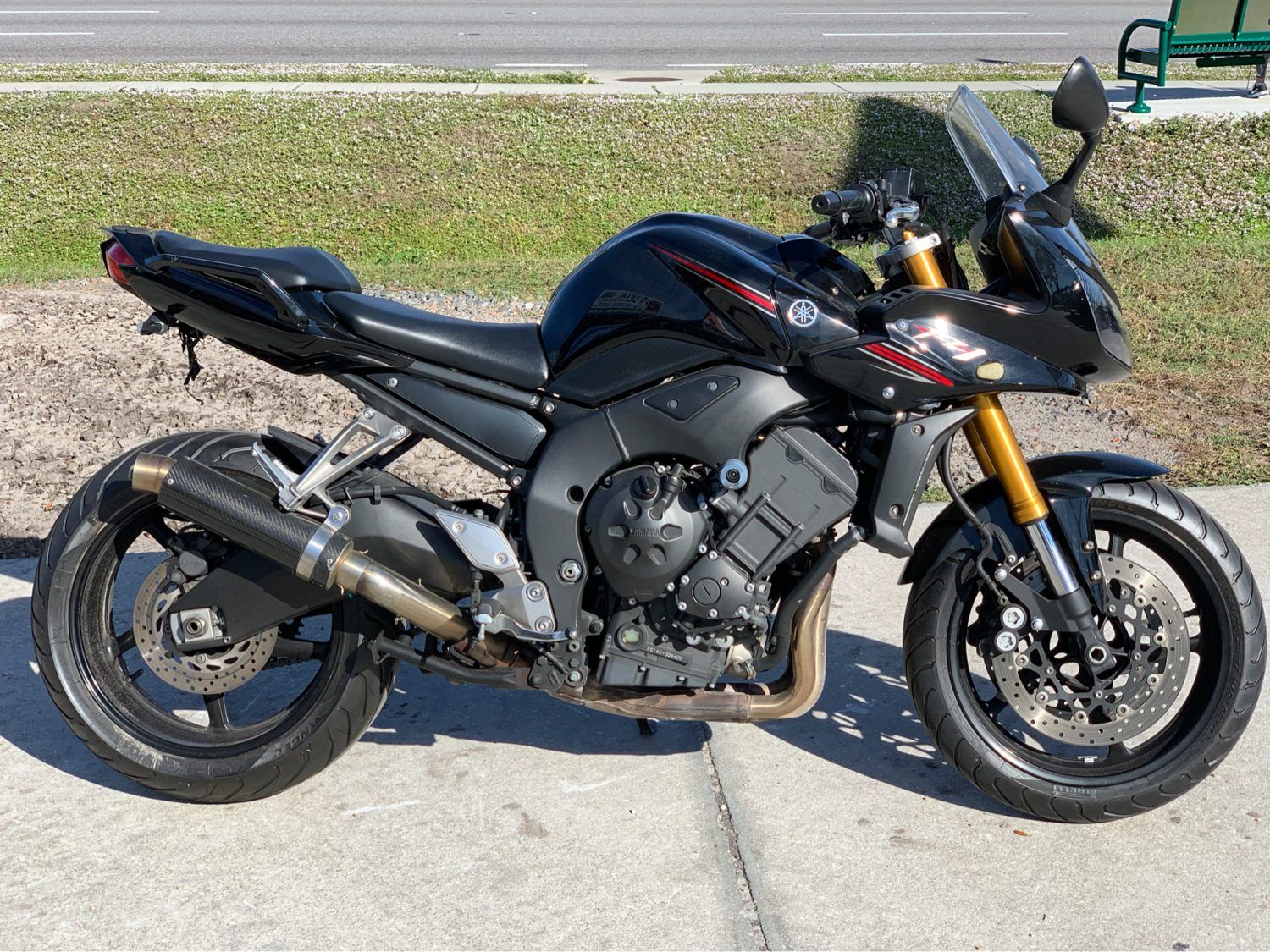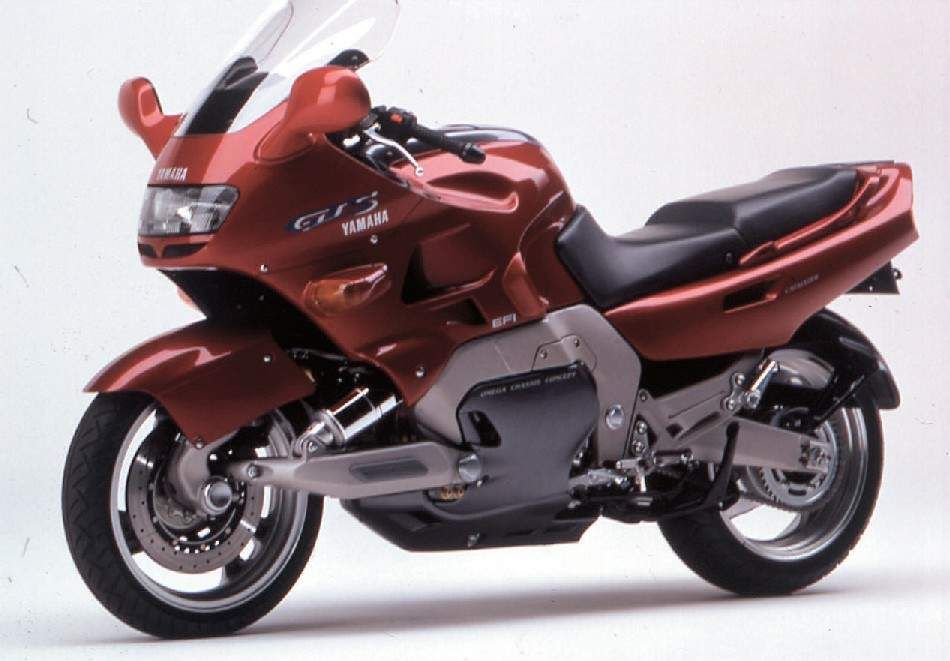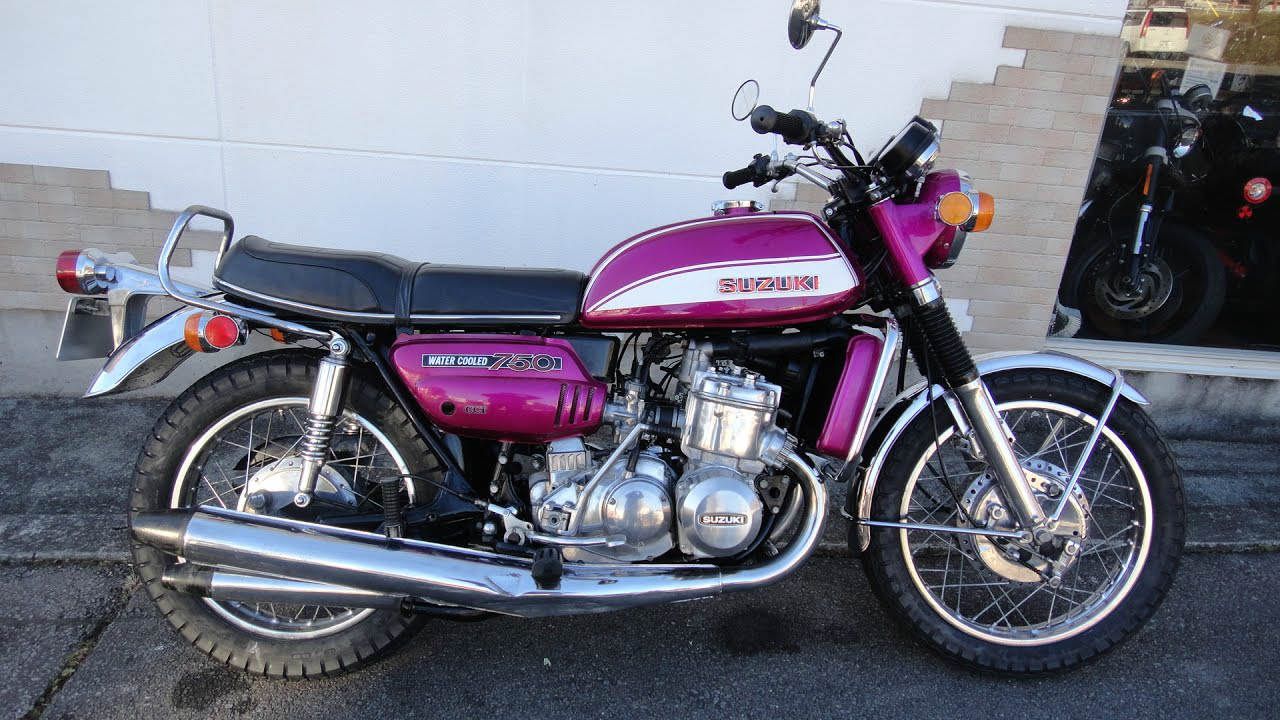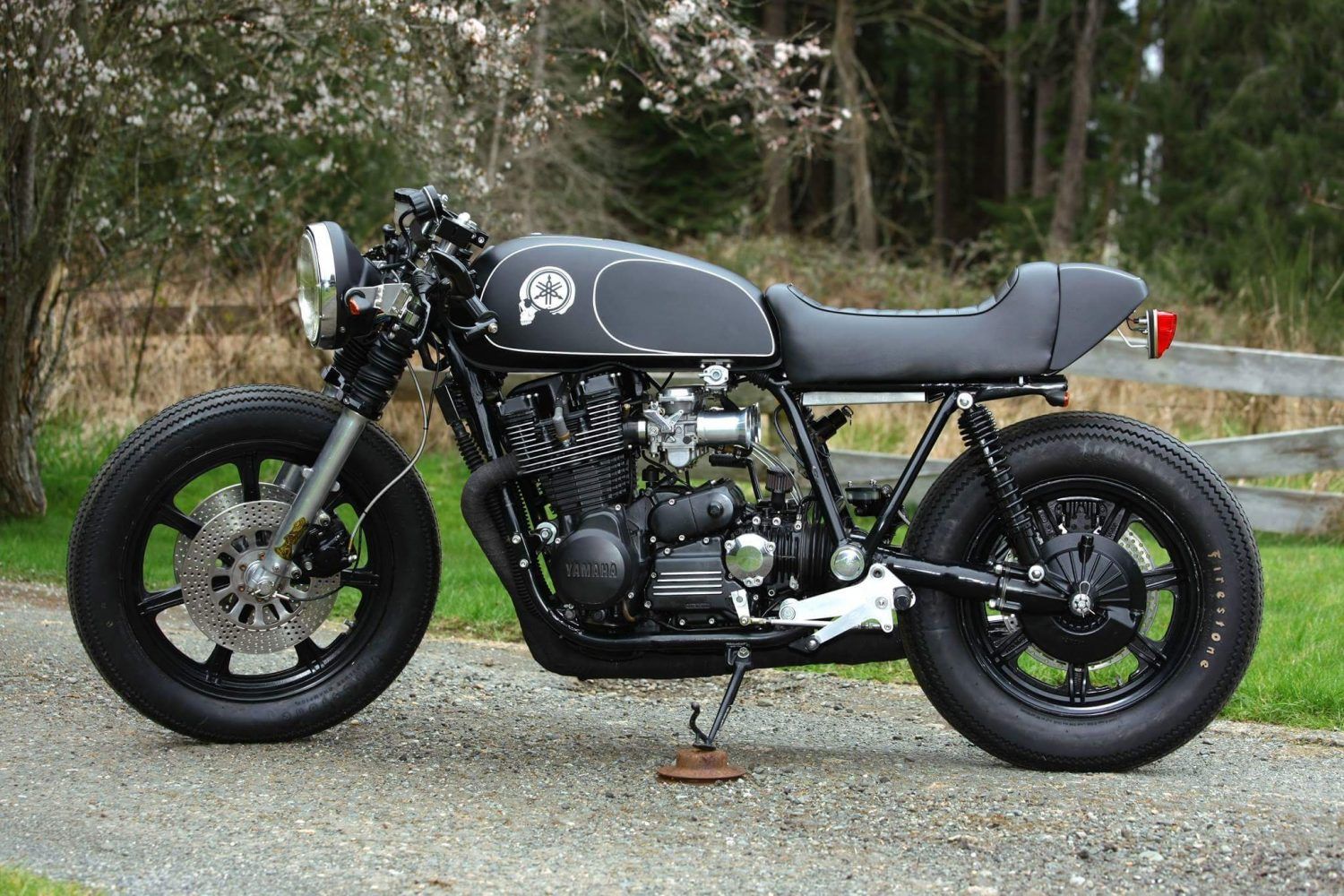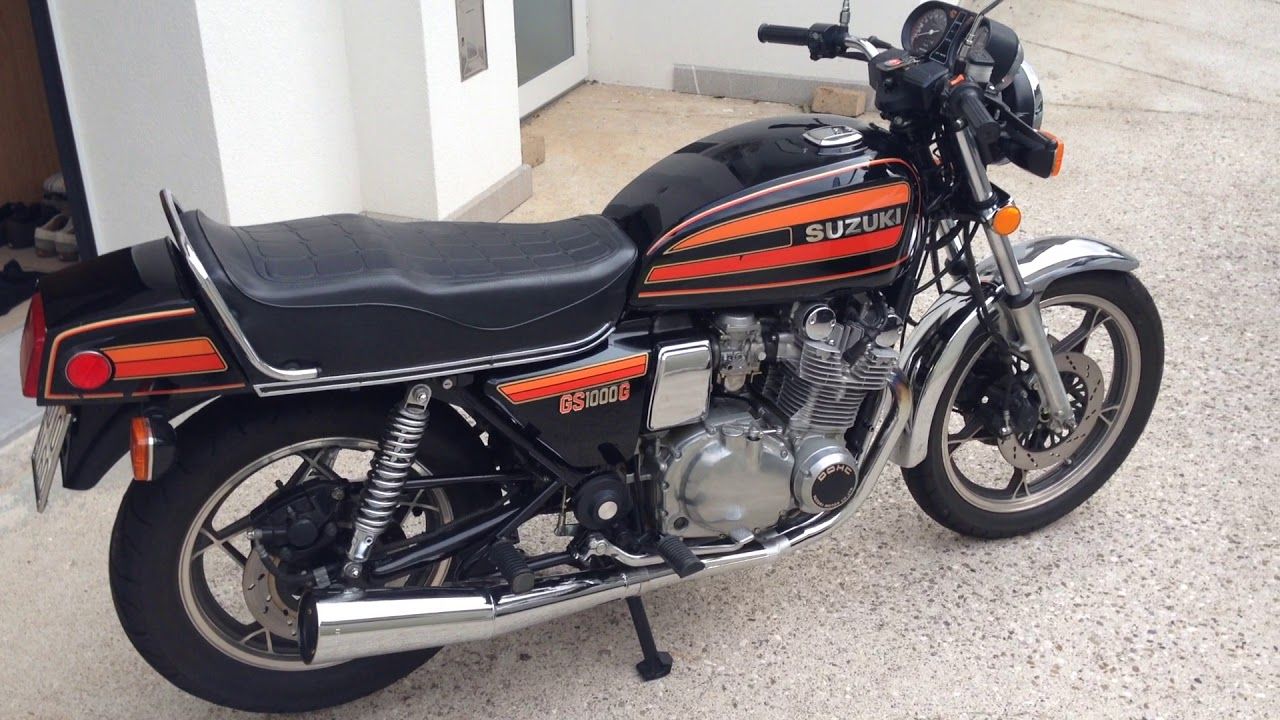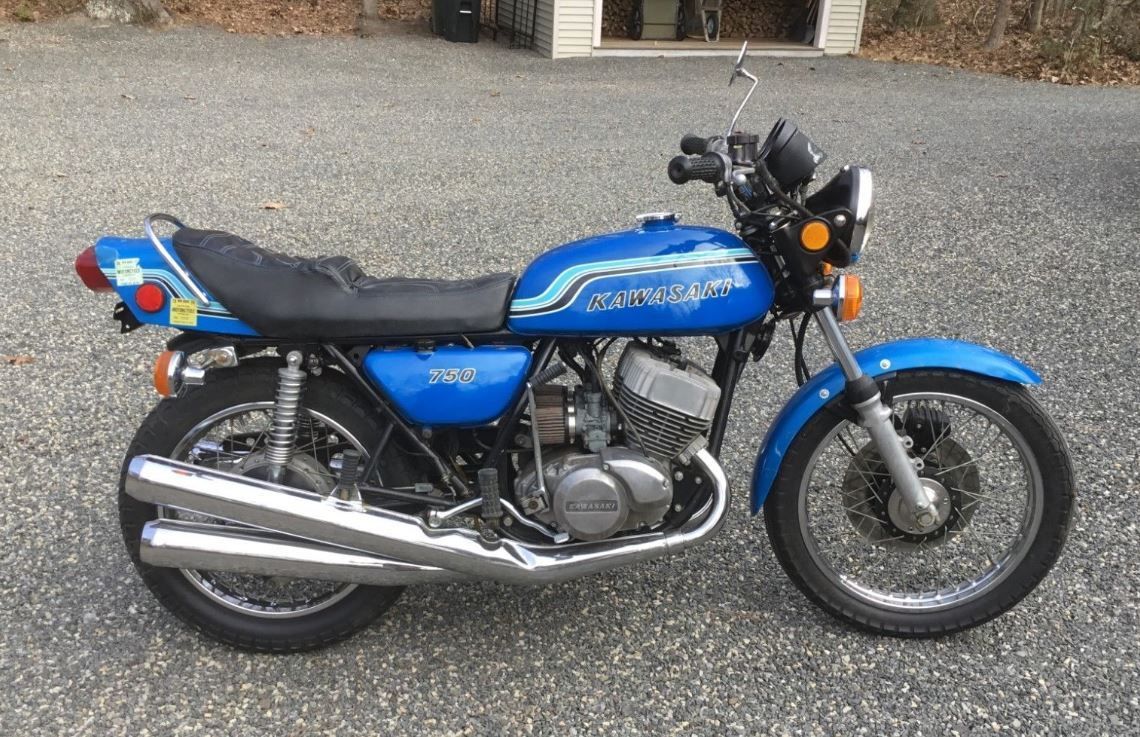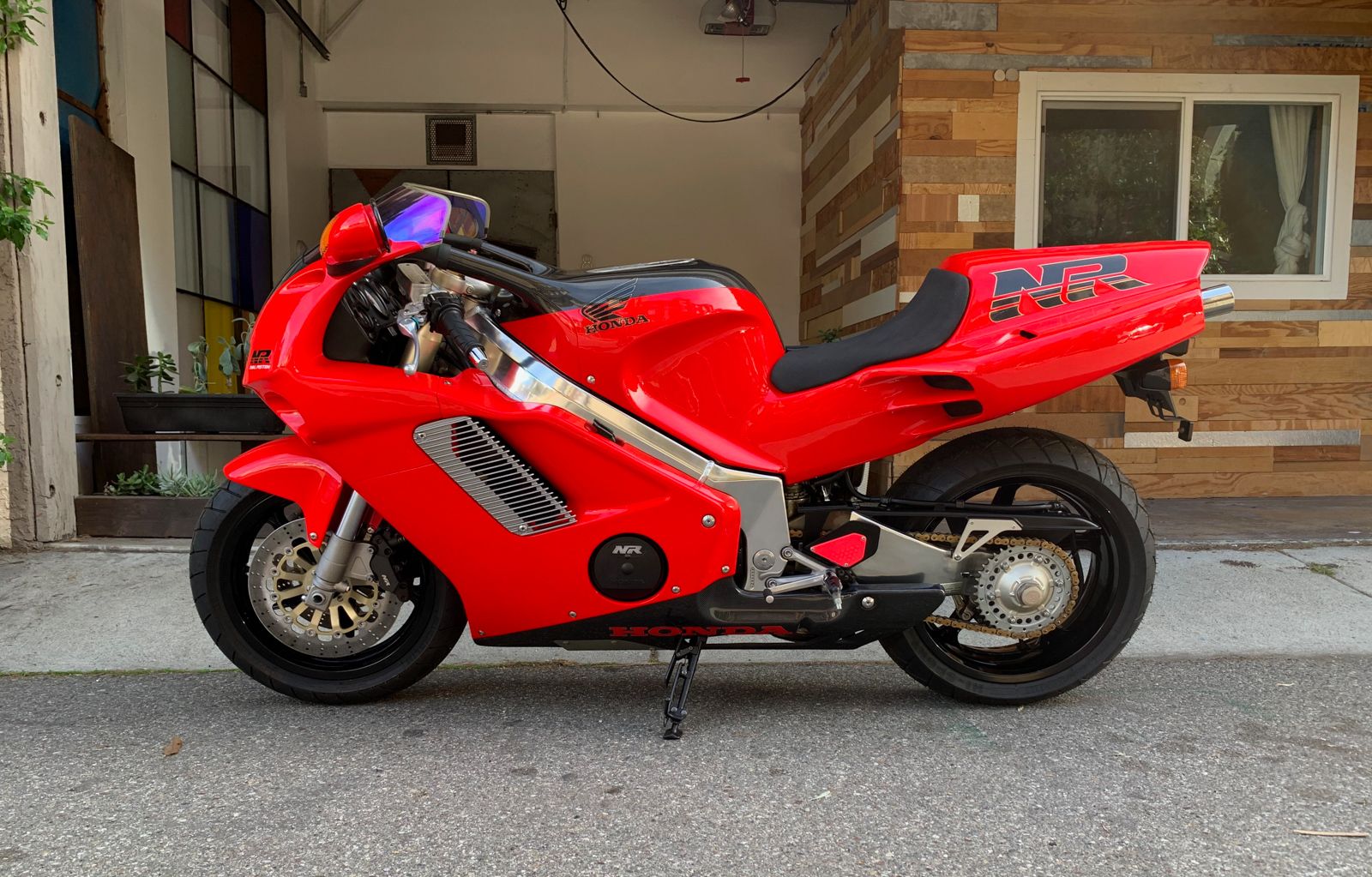Not everybody wants to ride a couch or a racer replica. Many riders want motorcycles somewhere in between those two extremes. In fact, prior to the 1980s, racer replicas didn't exist as a class.
Couch-glides have existed as long as Harley and Indian motorcycle brands have existed. Many riders chose brands from Europe as a poor choice in-between these extremes prior to Japan actively seeking large portions of the middle bike and muscle-bike market which eventually evolved into the sportbike market as well. The shift was so big as to force Triumph and Ducati to re-evaluate their manufacturing processes and improve their quality as well.
15 We'd Love To Own: Honda VFR800
Always at the cutting edge of design, the VF, and the VFR series that superseded it has been a staple for 40 years for Honda. These bikes haven't been their racer replica or Supersport Series for a long time, but it has always been a great performer and it's an easy bike to ride fast due to the weight being lower in the chassis towards the center. It's also a very comfortable bike to ride on long trips.
There are still many people who race them at club level events because it is such a well laid out chassis. These bikes never made it back to the liter-class after the VF1000 was dropped, but Honda does make a less popular 1200 touring series that is a sport-bagger!
14 We'd Love To Own: Kawasaki Z900RS
A fully modern tribute to the original speed king from the 1970s. Sounds like fun. As if the Eddie Lawson Tribute to the KZ series wasn't fun, a few years back, Kawasaki went another generation farther back and brought out this gem. This one used a ZX motor tuned for midrange and ground to look as if it's air-cooled.
It's got the fully modern fuel injection, brakes, and forks you would hope for. Short of a turbo, we would change a thing. A clean looking, fast bike with lots of chrome, paint, and sparkle. What's not to like?
13 We'd Love To Own: 2020 Suzuki Katana
Nobody thought Suzuki would build this but people asked for it for years. A tribute to the radically styled original Katana, a bike that never came to the USA originally. Whereas the previous 35 years of Katanas were conservative sport touring bikes this one is also a sport touring bike but it is styled after the cutting edge (for its time 1981 Katana GSX1000).
Suzuki did break out the tooling form the early 1980s and made some reproduction original GSX models using the original engines etc in the early 2000s but they were sold to collectors only. This is an all-new design that pays tribute to the original and uses the best parts available. It's also a very comfortable bike to ride.
12 We'd Love To Own: Yamaha VMax Mk II
A 200 H.P. musclebike with a comfortable riding position and it weighed only 600 LB in a class where most of them are over 650, but it has 70 H.P. over its nearest competitor. Long live the king! When Yamaha finally made the second generation Vmax they took the displacement up to 1700C.C. and put fully modern brakes and chassis on the machine so it could handle well as a cruiser.
It still has the low maintenance shaft-drive, but this time around it got an aluminum twin-spar chassis and upswept exhaust. It also has a ram-air system that works and is part of the cosmetics package.
11 We'd Love To Own: Honda 919 Hornet
The Hornet (called CB900 in other markets) was Honda's mid-priced naked bike using it's first and second, generation wicked fast CBR900 based engine tuned for mid-range power and comfortable riding. A lightweight bike that used the best conventional fork technology that Honda had to keep costs down.
It was a great economical bike that was light in weight, powerful, and had a good riding position. Nothing radical, just a well-executed bike that could be ridden all day whereas the CBR was an extreme model and more for racing than street use.
10 We'd Love To Own: Kawasaki W800 Cafe
A great copy of an improved copy of someone else's design! Let us explain. In the early 1970s, Kawasaki made a lookalike version of a BSA twin that actually functioned and didn't break down every day. The W series from Kawasaki were much better and didn't shake like the BSA they copied.
Fast forward 40 years and the carburated W650 came out a few years back but had a modern overhead-cam design for more power. The 800 is the large bore fuel-injected version that was an updated version of the 650 for smoothness and low maintenance. The bevel-drive OHC cam design means you can have a small engine package and still keep the higher r.p.m. potential with the cam up top.
9 We'd Love To Own: Honda CBR600RR
Possibly the best overall 600 class sportbike ever! Yes, certain years had slightly faster 600cc racer replicas from other brands, but this bike has done more things, won more races, and driven across more states than any Triumph, Suzuki, or Yamaha ever did.
It didn't even start with an aluminum frame, the first few series had a lightweight steel frame, but competition eventually brought even lighter weight, and the technology that was saved for the liter-class bikes filtered down to this one.
Eventually, the wheels got lightweight and it got inverted forks and under-seat exhaust to keep the mass to a minimum. Now it runs half a second behind a liter-class bike in almost all categories.
8 We'd Love To Own: Suzuki Bandit 1200
A naked bike using the older 2nd and 3rd generation GSXR engines with milder cams detuned to 100 H.P. for longevity and tractability. You can see police versions of this bike all over the third world as well because it's plenty fast.
This is a favorite bike to modify for racing because its design is easy to turbocharge, stretch the frame, and run nitrous oxide. It's also the first street bike to run int he 7s with a stock-based block using nitrous and a production head without a turbocharger. The parts availability for this bike is among the best of anything out there.
7 We'd Love To Own: Yamaha FZ1
A great naked bike based on the R1 with handling and braking to match, hard not to like this one especially since you can ride it for hours without back pain. Nothing exotic about this bike, it's designed to run at 3/4 maximum pace without the extreme riding position of a racer replica.
If 10 second quarter miles and blasting through the turns appeals to you, this is a good choice. Like any Japanese bike of this class, its weight is under 470 LB so it's easy to maneuver. Figure around 110 H.P., give or take due to tuning for midrange.
6 We'd Love To Own: Yamaha GTS1000
The was a very cool and Avant-guard bike with a lightweight forkless design that made for a fast cornering and smooth braking sport touring bike that used a powerful 5 valve 1000cc based on the FZR series which had been their Racer Replica model at that time.
The top-end power wasn't the same as the sportbike, but it was tuned for great midrange and this was a bike that handled like a dream and was comfortable. It also had anti-lock brakes, fuel injection, and other features uncommon in the early 90s. The only other bike to have a suspension like this was a Bimota that bankrupted the company who made it due to cost. Yamaha got their version right and it worked very well.
5 We'll Avoid: Suzuki GT750
This bike was rushed to market, as you can tell by the drum brakes that came with the first year only version. 65 H.P. was fast for 1972 but nothing special today. Like the Kawasaki H2, it's a stinky two-stroke and the fuel economy will be lower than a 4 cycle engine. It was water-cooled which is why it got the name the "water-buffalo" on the street. That was a rarity in the 1970s.
It's a collectible bike because it's not a common bike, but there is nothing to brag about with this bike. The second-year version lowered the power output a little but the engine was much smoother and more linear in delivery and came with modern disc brakes.
4 We'll Avoid: Yamaha XS1100
This was a relatively sporty shaft-drive UJM motorcycle. Normally it was much plainer than the one you are looking at which was customized with a great outcome. The thing is, you got decent power but Yamaha still didn't bother with 4 valve heads on this one so it wasn't their best effort.
The chassis couldn't take extreme power due to the shaft drive wanting to twist under load. The later FJ, FZ and FZR series were much more modern and faster, and are a better investment as those bikes are more enjoyable. The FJ 1200 stayed in production for 20 years and that bike had solutions for all the issues that were on this bike.
3 We'll Avoid: Suzuki GS1000G
This was the lower-power level of the GS liter-class UJM bikes from Suzuki that came with shaft drive. Cut down from 90 H.P. with the 4 Valve Heads that came on the Katana and GS1100E, and it got detuned down to 80 H.P. with the older 1970s Hemi-Heads on the same basic chassis.
The theory was that the shaft drive models didn't need the extra power because they were the cruiser version of the same bike. That was partially true, but the great flowing heads and aluminum swingarm, as well as the anti-dive forks and nicer controls, made the sportier version of this bike much better.
2 We'll Avoid: Kawasaki H2 Mach IV
A straight line only bike that was the fastest thing on wheels in 1972. The problem with it is that despite being a classic, the brakes and frame were not up to the power level of the bike, and it didn't handle well while turning and braking. The bike became known as the "widowmaker", because of the many accidents that occurred when riding.
The speed is nothing special by today's standard, and the average new Harley would run with it. Fuel economy was low because it is a two-stroke and of course, the exhaust stinks and has blue smoke under sudden acceleration. It's not that this bike was that good, it's that the bikes of The UK in the 1970s were that bad!
1 We'll Avoid: Honda NR 750
This bike was produced in a number said to be 250 bikes, and was ballyhooed as an engineering marvel by the magazine pundits in 1992. In actuality, the bike failed on all counts, didn't win any races, and was expensive to produce.
The bike had 8 valves per cylinder and oval-shaped pistons with 2 connecting rods on each piston. The VFR series on which it is based has virtually the same performance from a very reliable and trusted platform and engine series.
The purpose of this bike was to explore a work-around as a quasi V8 without being a V8, by adding valves, but it really didn't work or make the fantastic power Honda had hoped for. At $50K in 1992, it's a stupid investment.

